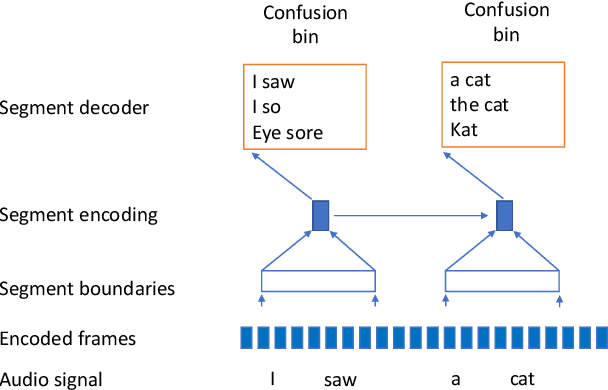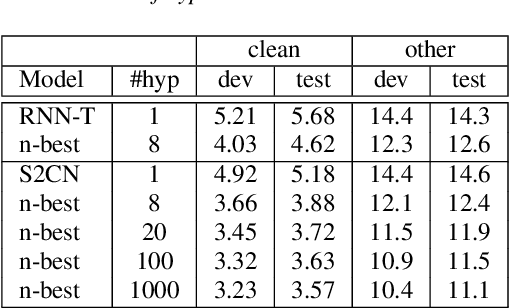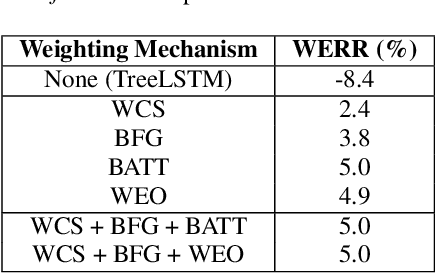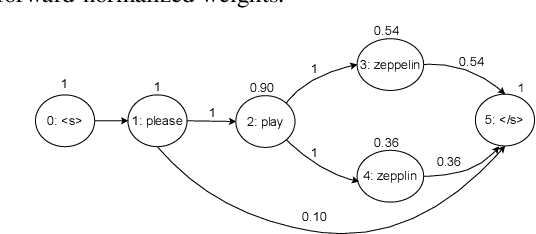Prabhat Pandey
SIFT-50M: A Large-Scale Multilingual Dataset for Speech Instruction Fine-Tuning
Apr 12, 2025Abstract:We introduce SIFT (Speech Instruction Fine-Tuning), a 50M-example dataset designed for instruction fine-tuning and pre-training of speech-text large language models (LLMs). SIFT-50M is built from publicly available speech corpora, which collectively contain 14K hours of speech, and leverages LLMs along with off-the-shelf expert models. The dataset spans five languages, encompassing a diverse range of speech understanding as well as controllable speech generation instructions. Using SIFT-50M, we train SIFT-LLM, which outperforms existing speech-text LLMs on instruction-following benchmarks while achieving competitive performance on foundational speech tasks. To support further research, we also introduce EvalSIFT, a benchmark dataset specifically designed to evaluate the instruction-following capabilities of speech-text LLMs.
An Efficient Self-Learning Framework For Interactive Spoken Dialog Systems
Sep 16, 2024Abstract:Dialog systems, such as voice assistants, are expected to engage with users in complex, evolving conversations. Unfortunately, traditional automatic speech recognition (ASR) systems deployed in such applications are usually trained to recognize each turn independently and lack the ability to adapt to the conversational context or incorporate user feedback. In this work, we introduce a general framework for ASR in dialog systems that can go beyond learning from single-turn utterances and learn over time how to adapt to both explicit supervision and implicit user feedback present in multi-turn conversations. We accomplish that by leveraging advances in student-teacher learning and context-aware dialog processing, and designing contrastive self-supervision approaches with Ohm, a new online hard-negative mining approach. We show that leveraging our new framework compared to traditional training leads to relative WER reductions of close to 10% in real-world dialog systems, and up to 26% on public synthetic data.
Streaming Speech-to-Confusion Network Speech Recognition
Jun 02, 2023



Abstract:In interactive automatic speech recognition (ASR) systems, low-latency requirements limit the amount of search space that can be explored during decoding, particularly in end-to-end neural ASR. In this paper, we present a novel streaming ASR architecture that outputs a confusion network while maintaining limited latency, as needed for interactive applications. We show that 1-best results of our model are on par with a comparable RNN-T system, while the richer hypothesis set allows second-pass rescoring to achieve 10-20\% lower word error rate on the LibriSpeech task. We also show that our model outperforms a strong RNN-T baseline on a far-field voice assistant task.
Lattention: Lattice-attention in ASR rescoring
Nov 19, 2021



Abstract:Lattices form a compact representation of multiple hypotheses generated from an automatic speech recognition system and have been shown to improve performance of downstream tasks like spoken language understanding and speech translation, compared to using one-best hypothesis. In this work, we look into the effectiveness of lattice cues for rescoring n-best lists in second-pass. We encode lattices with a recurrent network and train an attention encoder-decoder model for n-best rescoring. The rescoring model with attention to lattices achieves 4-5% relative word error rate reduction over first-pass and 6-8% with attention to both lattices and acoustic features. We show that rescoring models with attention to lattices outperform models with attention to n-best hypotheses. We also study different ways to incorporate lattice weights in the lattice encoder and demonstrate their importance for n-best rescoring.
 Add to Chrome
Add to Chrome Add to Firefox
Add to Firefox Add to Edge
Add to Edge